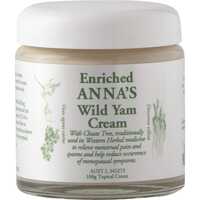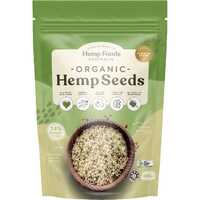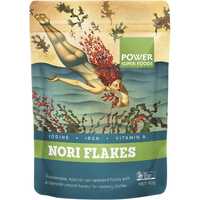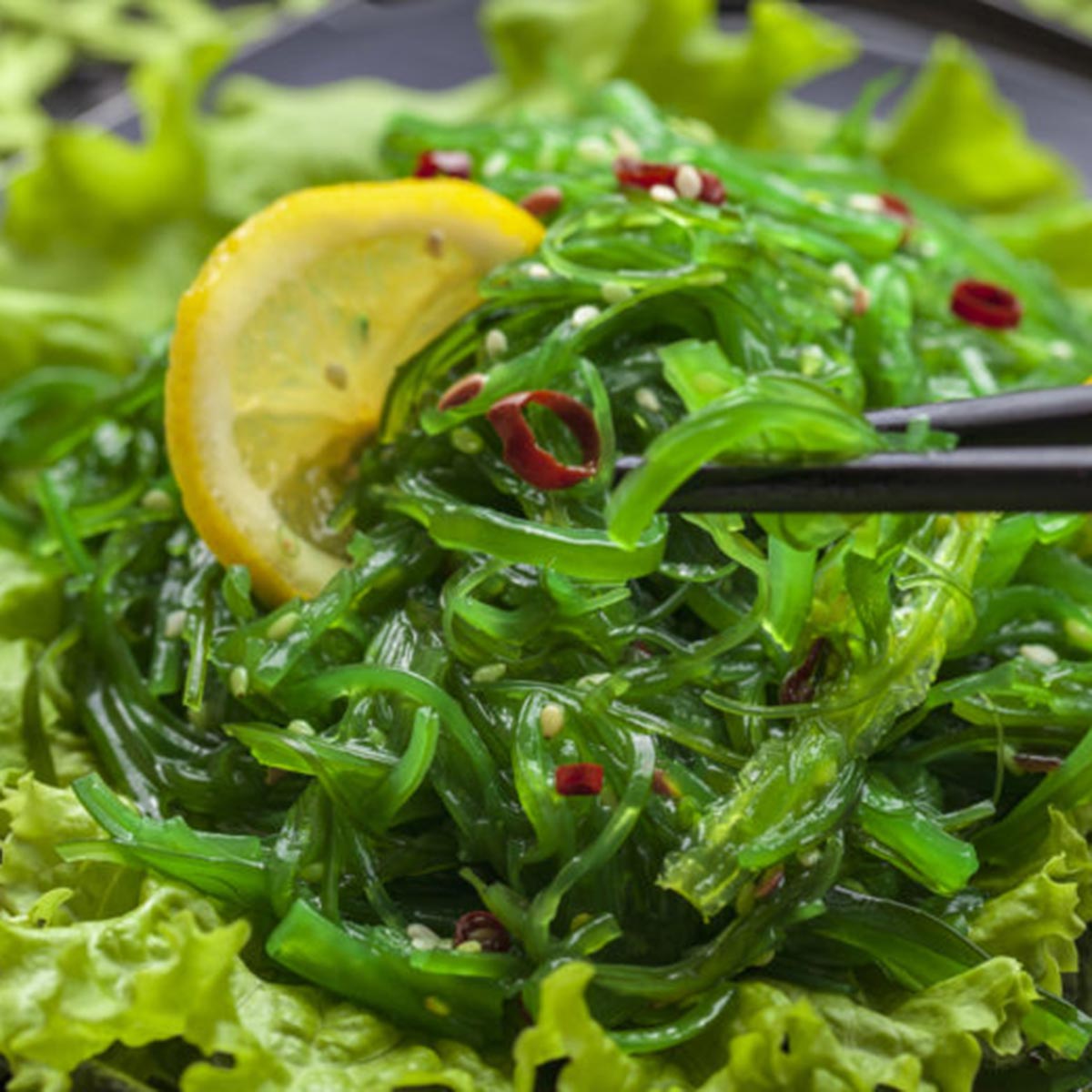Human societies have always done their best to source nutritionally rich foods from the surrounding environment. Whether your ancestors lived in the mountains, on the plains, or by the sea, local plants and animals were studied and carefully selected for their use as food. As land-loving animals, we eat foods that are terrestrial in nature. There are some notable exceptions, however, with nutritious edible seaweeds enjoyed for centuries and getting more popular by the day.
As the world’s population continues to grow, and traditional food sources are compromised by unsustainable agricultural practices, people are looking for new sources of food. Not only are we concerned about our health, but we are also trying to look after the Earth's precious natural resources. In the search for new foods, edible seaweed has emerged to meet the needs of a growing planet. With so much nutrition and taste packed into such a small package, the explosion of edible seaweeds is likely to continue in future years.
Let's look at seaweed consumption around the world, analyse the nutritional profile of edible seaweed, list popular types of seaweeds, and review the health benefits associated with the world's sea vegetables.
What is Edible Seaweed?
A number of seaweeds have culinary uses, and they're also consumed for their amazing health benefits. They are eaten whole in a number of dishes and are also added to food products as toppings and additives. Seaweed has become a popular ingredient in smoothies, and it also makes a tasty dried snack. With a fantastic green colour and amazing gelling and water-retention properties, seaweeds are also used in a variety of commercial food products.
It's important to realise the difference between marine algae seaweeds and freshwater algae, the latter of which is toxic in the vast majority of cases. Seaweed comes from the sea, which is partly why it has such a long history of use in the coastal regions of Southeast Asia. There are three groups of multicellular marine algae consumed by humans: red algae, green algae, and brown algae. Also known as sea vegetables, seaweed is a nutritious, colourful, and tasty addition to any diet.
Edible Seaweed Around the World
Before international trade routes and globalisation, seaweeds were mostly consumed in the coastal regions of the world. Edible seaweed has always been popular in Asia, especially in the modern nations of Japan, Korea, and China. Since prehistoric times, there is a history of seaweed consumption across the continent. In 600 BC, Sze Teu mentioned seaweed as a delicacy that was fit for kings. The use of kelp seaweeds dates back to the 5th century in China, including the kunbu and haidai varieties.
Seaweed has always been a popular food source on the island nation of Japan. There are 21 seaweed species used here, six of which have been consumed since the 8th century. Until very recently, seaweed accounted for 10% of the Japanese diet. The most popular species in Japan are nori, kombu, and wakame — all of which have become very popular in the West. Even today, wakame soup is served with virtually every meal in Japan.
Edible seaweed was not limited to Asia, however. The coastal regions of Europe were also consuming seaweed species for everyday sustenance. Seaweed was eaten in Norway, Iceland, and across the Atlantic coast of France. It was also consumed in Ireland, Wales, and England, and across the ocean in the lands of modern-day Canada. Seaweed also has a long history in the Pacific, where it was eaten by the Māori people of New Zealand and among Indigenous Australians. Several species of red and green seaweed were eaten before the European settlement, all of which are still available today.
The Nutritional Profile of Seaweed
Seaweed products have a rich nutritional profile, with lots of beneficial vitamins and nutrients packed into a small and very efficient package. Seaweeds are a good source of proteins and dietary fibre, and they contain polyphenols, polysaccharides, and sterols along with other bioactive molecules. In fact, despite their high vitamin and mineral content, these compounds are mainly responsible for the healthy properties associated with seaweed. Polysaccharides have prebiotic applications, which makes them useful for the growth of beneficial gut microbiota.
Seaweeds have a higher proportion of essential fatty acids than terrestrial plants, including eicosapentaenoic (EPA) and docosahexaenoic (DHA). Additionally, seaweeds contain several secondary metabolites that are synthesised by algae, including phlorotannins, terpenoids, oxylipins, and volatile hydrocarbons.
Seaweed also contains higher levels of iodine and tyrosine than most other foods, and it may even be a reliable source of vitamin B12 for vegans (more on this below). While many seaweeds have a rich profile, the chemical composition of each product depends on the species and its cultivation.
Popular Types of Edible Seaweed
Seaweeds are divided into three primary categories: red algae or Rhodophyta, brown algae or Phaeophyceae, and green algae. Red algae are the biggest and most primitive group, which includes nori, dulse, and Irish moss. Brown algae are also a large group, including Fucales and large kelps like wakame. While there are much fewer green algae products growing in the wild, chlorella is one popular example. Contrary to popular belief, spirulina is not a green algae seaweed but a type of bacteria called cyanobacterium.
Health Benefits Associated with Edible Seaweed
Some edible seaweeds are associated with a vast array of health benefits. They offer anti-inflammatory, anti-allergic, antioxidant, antimutagenic, antitumor, antidiabetic, antihypertensive, and neuroprotective properties. Popular edible red seaweeds such as dulse and nori are a great source of protein, minerals, and fibre.
Rich in antioxidants
Edible seaweeds are packed with beneficial antioxidants. Excessive free radicals are an underlying cause of several diseases, and antioxidants are able to stop them in their tracks. Many seaweeds contain a carotenoid called fucoxanthin, which helps to scavenge and neutralise free radicals. It’s the main carotenoid found in wakame and has 13.5 times the antioxidant capacity of vitamin E. Along with this beneficial ingredient, seaweed contains multiple plant compounds that activate the antioxidant response element (ARE).
Supports gut health
The polysaccharides and fibre in seaweed products help to promote a healthy microbiome. One of the best ways to support gut health is to ensure adequate levels of fibre in your diet. Fibre makes up 25%-75% of seaweed’s dry weight, which is higher than most fruits and vegetables. Polysaccharides have also been found to increase the growth of beneficial gut bacteria, along with increasing the production of short-chain fatty acids (SCFA). These fasts help to support and nourish the cells that line your gut.
May reduce the risk of diabetes
Diabetes is a significant problem across the world. According to the World Health Organisation, it's the major cause of kidney failure, heart attacks, stroke, blindness, and lower limb amputation. In 2019, diabetes was responsible for 1.5 million deaths globally.
According to an eight-week study carried out in Japan, the fucoxanthin content in brown seaweed may help to improve blood sugar control mechanisms and reduce the risk of developing diabetes. Other compounds in seaweed may also be beneficial in the global fight against diabetes, including fibre and alginate.
Supports thyroid function
The human thyroid gland is responsible for a range of essential activities, including energy production and cellular growth and repair. Some of the ingredients in edible seaweeds help to support thyroid function, including iodine and tyrosine. Low iodine levels are one of the main causes of an underactive thyroid, and the essential amino acid tyrosine also helps to synthesise thyroid hormones. Seaweed absorbs concentrated iodine directly from the ocean, and when you eat it, you get to benefit.
Potential vitamin B12 source for vegans
Some species of seaweed may be a source of biologically-active vitamin B12, which is a holy grail for vegans. According to one study, vitamin B12 was found in raw and roasted seaweed in a sufficient amount to meet daily nutritional requirements. Consumption of just 4 g of dried purple laver had enough vitamin B12 content to meet the reference daily intake (RDI). It's important to note, however, that mainstream nutrition considers algae sources of vitamin B12 to be unreliable.
Potential Dangers of Eating Seaweed
There are some dangers associated with eating too much seaweed, including excessive iodine intake and toxic heavy metal load. While iodine is essential for thyroid function, too much of a good thing can lead to problems. Interestingly, while the average Japanese diet contains up to 2,000% of the iodine RDI, seaweed is regularly consumed in Asia with foods that inhibit the uptake of iodine by the thyroid gland. Examples include cabbage, broccoli, and bok choy.
The other danger of seaweed consumption is linked with the toxic intake of heavy metals such as mercury, cadmium, and lead. While this is controlled in most countries and is unlikely to lead to health risks, excessive consumption of seaweed can lead to problems.
Final Thoughts
If you want to explore the benefits of edible seaweed in your diet, Healthy Being has a wide range of great products to choose from. From seaweed snacks and sheets to nutritious seaweed salad ingredients, we can deliver the vegetables of the sea directly to your door. To learn more, check out our website or contact our team today.


 Certified Organic
Certified Organic Vegan Friendly
Vegan Friendly  Vegetarian
Vegetarian Organic Ingredients
Organic Ingredients Dairy Free
Dairy Free Gluten Free
Gluten Free Keto Friendly
Keto Friendly






























